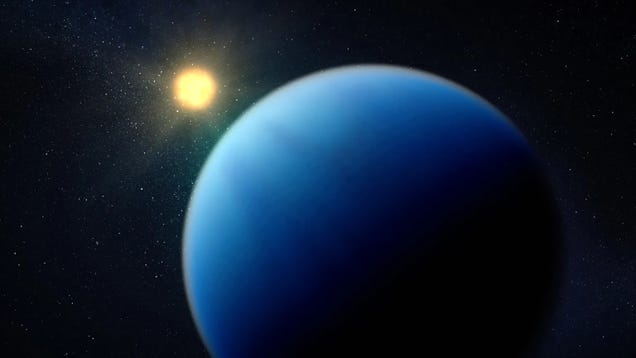
Exoplanets pushing their atmospheres away may explain a gap in exoplanet masses, according to a team of researchers that recently studied data from NASA’s retired Kepler Space Telescope.

Exoplanets pushing their atmospheres away may explain a gap in exoplanet masses, according to a team of researchers that recently studied data from NASA’s retired Kepler Space Telescope.
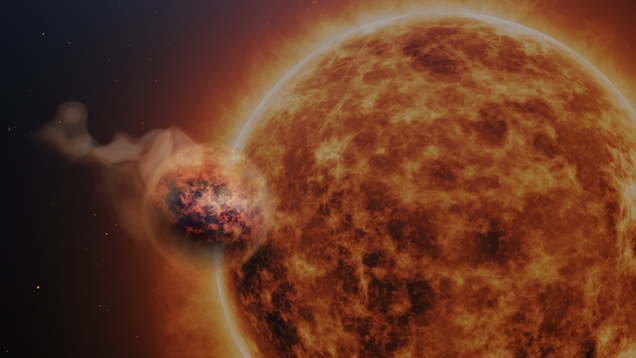
The Webb Space Telescope has revealed a world quite alien compared to our own: WASP-107b, a Neptune-like gas giant that orbits a star some 211 light-years from Earth. Webb has now detected water vapor and sulfur dioxide in the planet’s atmosphere, as well as sand-like silicate clouds.
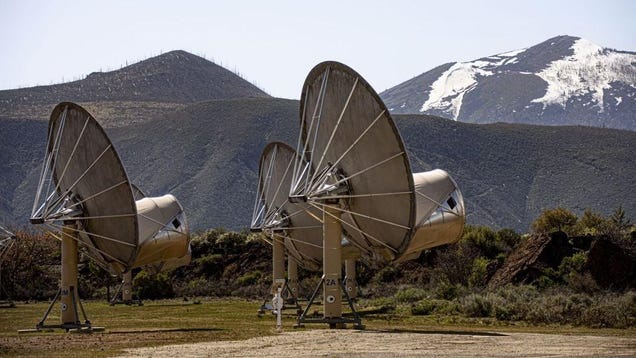
The SETI Institute, a leading non-profit in the search for extraterrestrial intelligence, has received a transformative $200 million gift from the estate of Franklin Antonio, a long-time supporter who passed away last year.
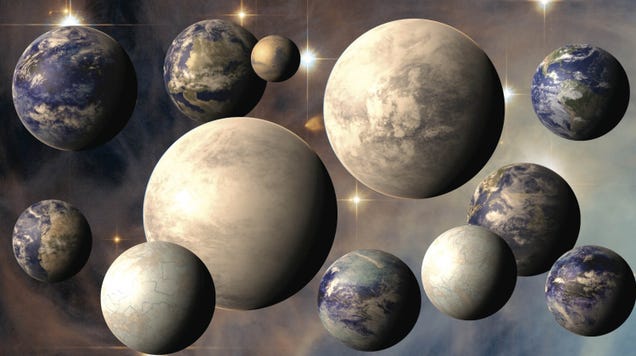
An encouraging new study has found that the interference from exoplanets—planets that orbit stars outside our solar system—has been overestimated in searches for extraterrestrial signals.

In December 2020, the Arecibo Observatory’s radio telescope was destroyed when a catastrophic cable failure caused its 900-ton platform to collapse onto the iconic dish below.
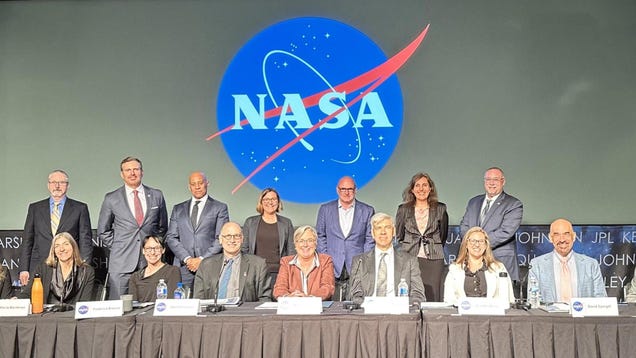
NASA wrapped up a year-long investigation into hundreds of sightings of Unidentified Anomalous Phenomena (UAP), and its independent study team released a 36-page report that was largely inconclusive. The space agency is not letting up, however, assigning a director of research into the unidentified phenomena and…
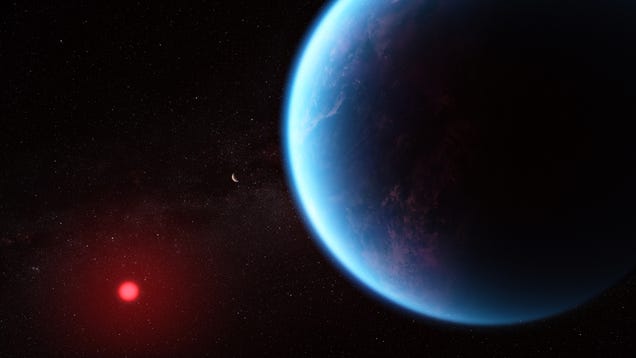
The Webb Space Telescope recently turned its focus to a nearby exoplanet and found that it may be a Hycean world, or a world completely covered in a single global ocean, and with a hydrogen atmosphere. And what’s more, the telescope detected a possible detection—note, possible detection, of dimethyl sulfide, a…

Researchers think they’ve gotten a glimpse at how gas giants like Jupiter form, thanks to a remarkable image of a distant star system.